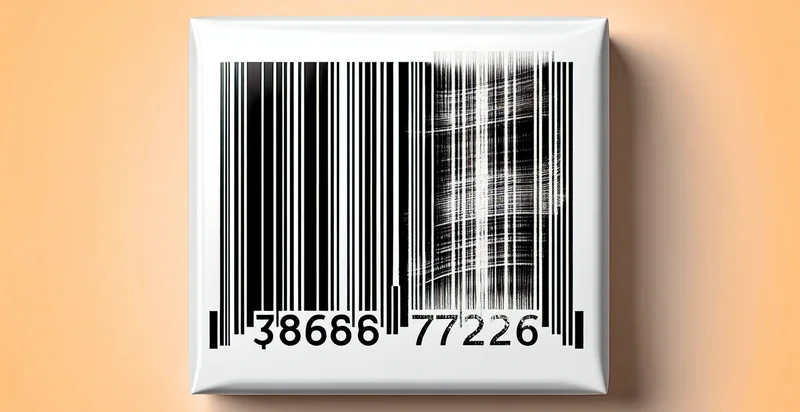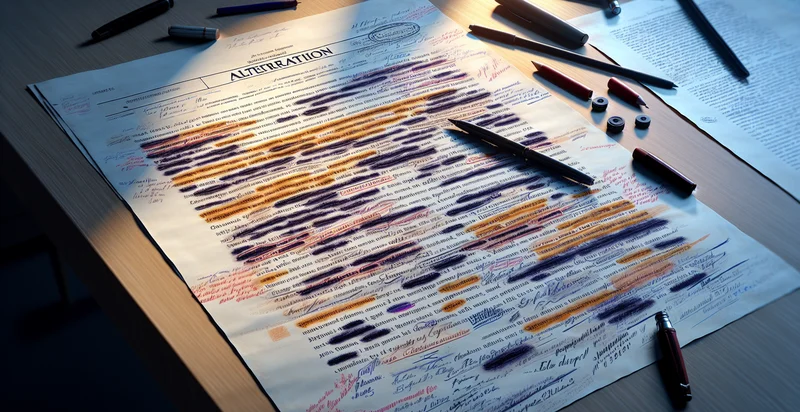Identify if document shows tampering
using AI
Below is a free classifier to identify if document shows tampering. Just upload your image, and our AI will predict if the document shows tampering - in just seconds.

Contact us for API access
Or, use Nyckel to build highly-accurate custom classifiers in just minutes. No PhD required.
Get started
import nyckel
credentials = nyckel.Credentials("YOUR_CLIENT_ID", "YOUR_CLIENT_SECRET")
nyckel.invoke("if-document-shows-tampering", "your_image_url", credentials)
fetch('https://www.nyckel.com/v1/functions/if-document-shows-tampering/invoke', {
method: 'POST',
headers: {
'Authorization': 'Bearer ' + 'YOUR_BEARER_TOKEN',
'Content-Type': 'application/json',
},
body: JSON.stringify(
{"data": "your_image_url"}
)
})
.then(response => response.json())
.then(data => console.log(data));
curl -X POST \
-H "Content-Type: application/json" \
-H "Authorization: Bearer YOUR_BEARER_TOKEN" \
-d '{"data": "your_image_url"}' \
https://www.nyckel.com/v1/functions/if-document-shows-tampering/invoke
How this classifier works
To start, upload your image. Our AI tool will then predict if the document shows tampering.
This pretrained image model uses a Nyckel-created dataset and has 2 labels, including Authentic and Tampered.
We'll also show a confidence score (the higher the number, the more confident the AI model is around if the document shows tampering).
Whether you're just curious or building if document shows tampering detection into your application, we hope our classifier proves helpful.
Related Classifiers
Need to identify if document shows tampering at scale?
Get API or Zapier access to this classifier for free. It's perfect for:
- Document Verification for Legal Contracts: This function can be utilized by legal firms to verify the authenticity of contracts and agreements. By detecting any signs of tampering, organizations can prevent fraud and ensure all parties' interests are protected.
- Quality Control in Financial Services: Banks and financial institutions can implement this function to assess the integrity of documents submitted by clients. This helps in flagging altered or forged documents, reducing the risk of financial loss due to fraud.
- Compliance in Regulatory Filings: Companies can use the tampering identifier to ensure that crucial regulatory documents are intact. By identifying any unauthorized changes, organizations can adhere to compliance standards and avoid potential fines.
- Authentication in Academic Records: Educational institutions can deploy this function to validate the authenticity of student transcripts and diplomas. It aids in detecting alterations that could signify fraud, thereby maintaining the integrity of academic credentials.
- Historical Document Preservation: Archives and libraries can use this identifier to protect historical documents and manuscripts from tampering. By analyzing changes over time, institutions can preserve cultural heritage and ensure accurate historical records.
- E-commerce Return Verification: Online retailers can implement this function to verify the legitimacy of returned products and their accompanying documentation. This helps prevent fraudulent returns and protects the business from losses associated with manipulated documents.
- Insurance Claim Validation: Insurance companies can utilize this function to examine claims documentation for signs of alteration. By confirming the integrity of submitted documents, insurers can mitigate the risk of fraudulent claims and streamline the claims processing workflow.


